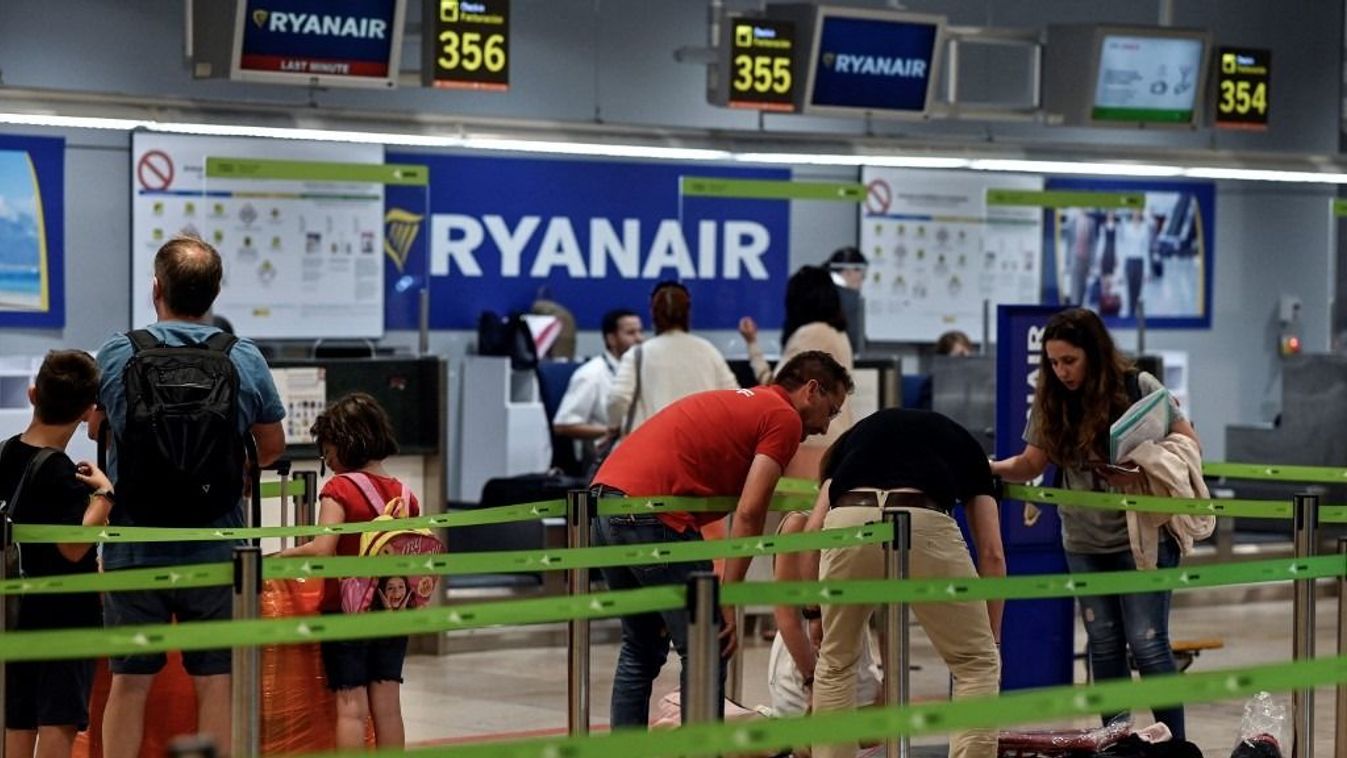késleltetett adatok
New Europe’s Surprising Resilience
And then nothing. Today, all of these countries are returning to financial health and economic growth without significant disruption. No country has even changed its exchange-rate regime. Old Europe should learn from New Europe’s untold success.
The cause of the East European financial crisis was a standard credit boom-and-bust cycle. East European countries attracted large international capital flows, owing to loose global monetary policy and accommodating business conditions. In the end, short-term bank lending became excessive and was used to finance a splurge on real-estate investment and consumption, while inflation took hold.
Moreover, current-account deficits piled up into substantial private-sector foreign debt, while public finances were in good order everywhere but Socialist-led Hungary. This crisis of success and overheating was reminiscent of East Asia in 1997-1998.
East Asia’s nations, as well as Russia in 1998 and Argentina in 2001, exited their crises through devaluation. A choir of prominent American economists, including Paul Krugman, Kenneth Rogoff, and Nouriel Roubini, claimed that Latvia, Estonia, and Lithuania must also devalue. None of them did, yet they raised themselves out of the crisis.
The Baltic states had many reasons not to devalue. Their aim is to adopt the euro as soon as possible, which devaluation would have complicated. As their small and open economies were already heavily “euro-ized,” the pass-though of higher foreign prices into inflation would have been huge following any devaluation, which would also have broken their otherwise reasonably healthy banking systems.
Instead, the three Baltic governments opted for “internal devaluation,” reducing public-sector wages and costs. In 2009, all three countries cut public expenditures by 8-10% of GDP, which – remarkably – was politically easier than marginal cuts. When cuts are big, people realize how severe the crisis is, and the politically impossible becomes necessary. Small cuts are usually delivered evenly, aggravating all public services, while deep cuts have to be selective and structural. Therefore, they may improve economic efficiency.
All the countries in crisis cut their public administration and wages. Latvia slashed state salaries by 35% and the number of public agencies by half. It also closed half of its excessive number of hospitals and sacked superfluous teachers, of which there was one for every six children before the crisis.
Estonia, Lithuania, Hungary, Romania, and Bulgaria have carried out similar reforms, though not quite as radical. (Lithuania, for example, pursued a higher-education reform to enhance efficiency and quality.) And, though state revenues have fallen with recession, forcing a few countries to hike value-added taxes, none has increased income taxes, and none of the seven countries that had in place a flat-rate income tax has abandoned it. As a result, these countries exit the crisis more productive.
Contrary to expectations – and to the Greek and French experiences – social unrest has been minimal. Extremists on neither the right nor the left have benefited. In the European Parliament elections in June 2009, center-right parties won a majority in all ten eastern EU countries, and center-right parties now govern in nine of them, with Slovenia the sole exception.
The liberal right has never been stronger in Eastern Europe. The communists have been wiped out and the socialists badly weakened. The extreme right has lost support everywhere but Hungary.
This year, responsible center-right parties have won three surprise victories – in the Czech Republic, Slovakia, and Latvia. The new Czech foreign minister, Karel Schwarzenberg, stated: “We won by telling the truth. Populism is no longer popular.”
Most remarkable was the victory of Latvian Prime Minister Valdis Dombrovskis on October 2. His coalition increased its share of parliamentary seats from 45% to 63%, although GDP fell last year by a shocking 18%. Dombrovskis blamed his irresponsible predecessors, and voters clearly saw him as the most credible problem solver.
Three countries in the region – Hungary, Latvia, and Romania – required emergency standby programs with the International Monetary Fund. The IMF had learned from East Asia, posing fewer conditions and offering more budget financing, because the problems were temporary and not structural. In addition, the EU provided financing, whereas the European Central Bank, which could have given swap credits, played no helpful role.
As a result of their successful crisis resolution, the EU’s East European members look better both fiscally and structurally than the old eurozone members. Of the 12 members of the eurozone in 2001, only two (Finland and Luxembourg) have public debts of less than 60% of GDP to compare with nine of the ten new eastern members. Only Hungary has a large public debt. East Europeans suffered from high private-sector debt, which they largely avoided transforming into public debt.
All of this, together with post-crisis improvement in EU institutions (such as financial regulators) contributes to greater European convergence. Whereas Eastern Europe’s economies look healthier than the eurozone countries, they are not abandoning the EU project. On the contrary, this year Estonia qualified to enter the eurozone in January 2011.

Portfóliónk minőségi tartalmat jelent minden olvasó számára. Egyedülálló elérést, országos lefedettséget és változatos megjelenési lehetőséget biztosít. Folyamatosan keressük az új irányokat és fejlődési lehetőségeket. Ez jövőnk záloga.






















